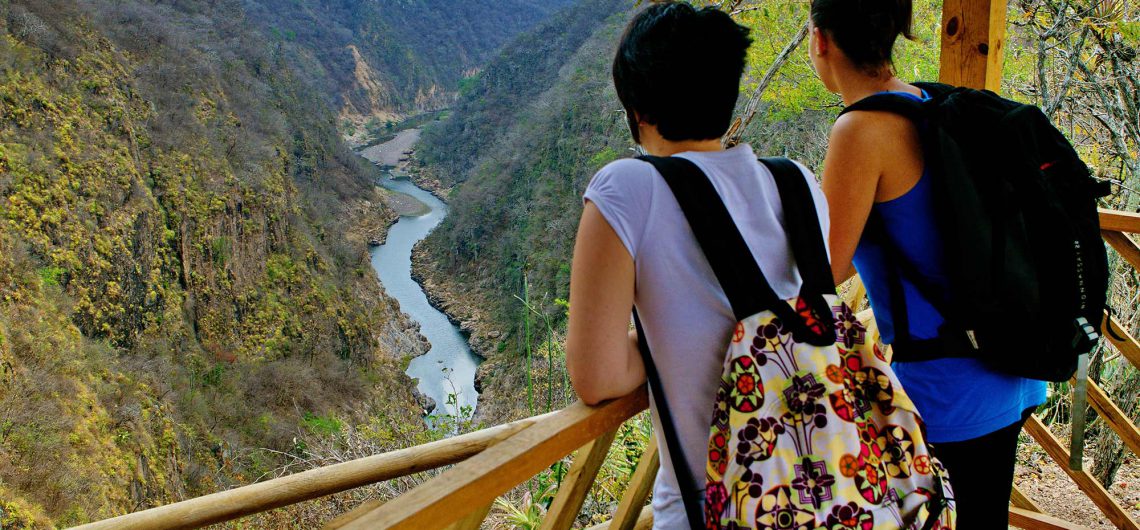Geography:
The northeastern landmass, the highlands, and the Atlantic lowlands together make Nicaragua the largest country in Central America, approximately the size of Greece at 50,193 sq. miles/130,000 sq. kilometers.
Population:
6.15 million
Capital City;
Managua
International Airport:
Augusto Cesar Sandino (a.k.a. Managua International) The airport is located 9 miles/11 kilometers from Managua, 32 miles/55 kilometers from Granada.
Climate:
Nicaragua enjoys an average temperature of 27c year round. Humidity averages 65%. There are two seasons, green and dry. The green season runs from mid-May t o mid-November; the dry season from late November to early May. Rain during the green season is normally limited to shot and powerful bursts with longer showers at night. The hottest time of year is at the end of the dry season, from March to May, while the coolest period is from October to January. The most pleasant and beautiful time to visit Nicaragua is from June to January, unless visiting the San Juan River and Solentiname rain forest area, when the months of July, August and the period from December to March.
Language:
Spanish is the official language; however, English is widely spoken in some tourist areas and
Along the Atlantic Coast. Also along the Atlantic, you’ll hear three Indian Languages: Misquito, Mayangna and Rama.
Electric Current:
120 volts/60 cycles
Country Code:
505
Time Zone:
The same time as Central Standard Time (Chicago). During Daylight Savings Time, the
clock moves ahead to Mountain Standard Time (Denver).
Money Matters:
The local currency is the Cordoba (C$). However, U.S. dollars are good almost anywhere in the capital and larger towns. U.S dollars is the preferred currency for exchanging money and can usually be used to make purchases. Travelers checks cannot be exchanged anywhere in Nicaragua, so take only cash and credit cards.
Tipping:
For good service a tip is accepted and normal. 10% is an acceptable rate
What to Pack:
For this tropical climate, light-colored and loose-fitting cotton clothes are most comfortable. The Northern Highlands can be cold at night, so a warm sweater or light jacket is necessary. Bring a hat, sunscreen, sunglasses and binoculars. Everyone needs good walking shoes—extra sturdy ones for hikers who also need long pants and insect repellent.
Talking Health:
Travelers should have no trouble staying healthy, as standards of hygiene are generally high. Other than yellow fever when coming from a yellow fever zone, there are no mandatory vaccines required for Nicaragua. However, travelers may want to check with a doctor or with the Centers for Disease Control for their recommendations. When in Nicaragua, we recommend drinking bottled water.
Talking Safety:
Many people are surprised to learn that Nicaragua is ranked the safest country in Central America, and the United Nations rates Nicaragua as the second safest Latin American country. (behind Uruguay).
Visitor Information:


